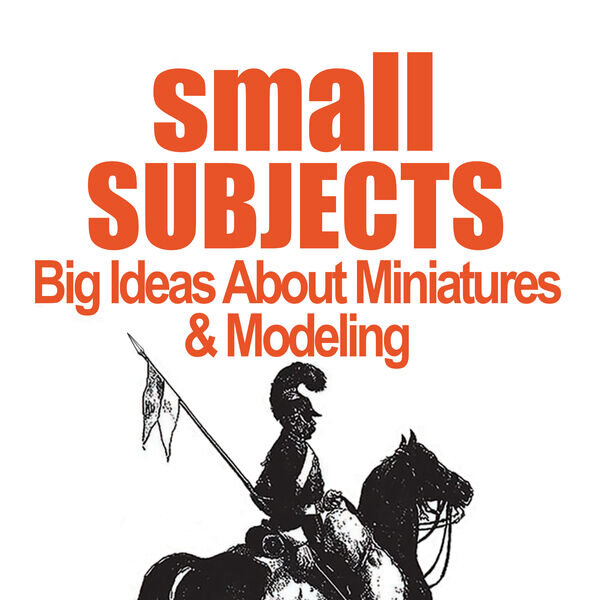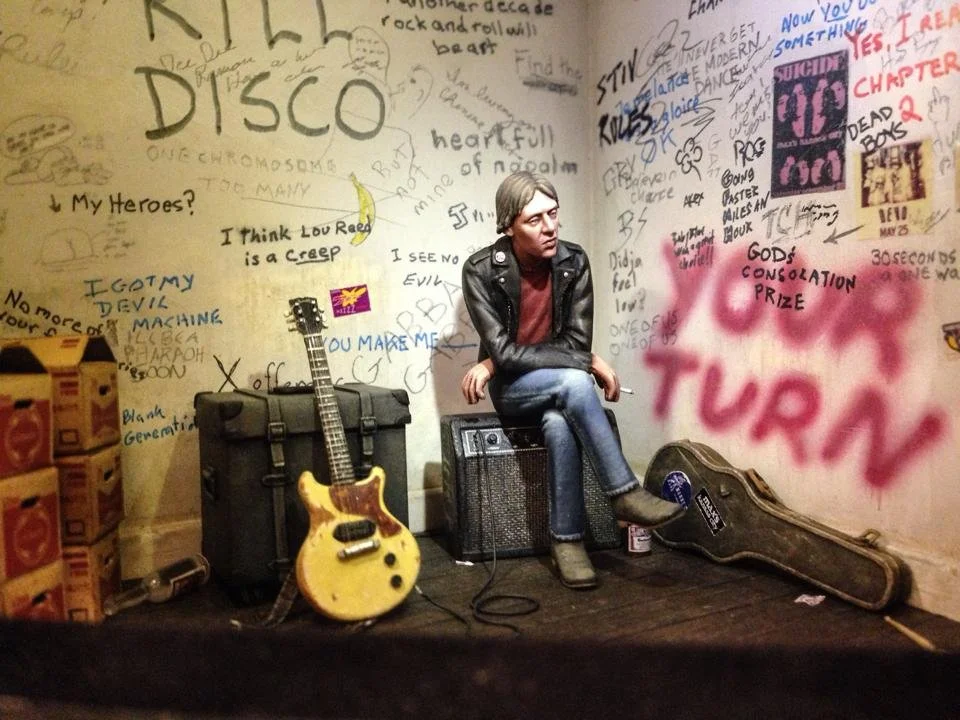Episode 22: Barry and Jim Talk Box Dioramas
/In this episode, Barry and Jim discuss a subject near and dear to their hearts: box dioramas. You probably know about their fondness for this specialized form of modelling already; in addition to hosting the Web site where the blog for this podcast resides, Barry has built 10 gold-medal-winning boxes, while Jim has done 19. (In comparison, one of their big inspirations, Shep Paine, did a total of 25—or 26, depending on how you count, as they say in their conversation.) Barry’s gallery is here, Jim’s is here, and Shep’s is here. (Also be sure to check out the boxes by Dennis Levy and Nick Infield, if you didn’t do so already after the boys’ chats with those artists on episodes 15 and 11.)
Among the box-building topics they tackle: what drew them to boxes; what makes a good box idea; the importance of planning and mock-ups, and the two subjects that seem to scare some of the most accomplished modellers off trying a box themselves: lighting/electricity and woodworking/building the box. We don’t want to duplicate too much of what is already on this site (be sure to click the links for the additional views/step-by-step articles for most of their boxes, which feature many of the details they discuss). But a few useful images follow, after Jim and Barry stay with the pattern they’ve set for every interview, choosing two favorite boxes to highlight by each other.
Barry pick #1: Jim’s “Night Raid, 1945.”
Jim pick #1: Barry’s “Recruitment of the Young Guard.”
Barry pick #2: Jim’s “Harsh Awakening (Moscow, 1812).”
Jim pick #2: Barry’s “NYC, 1977.”
Barry has always been a little skeptical about the need for a reveal in a box (perhaps because his are much smaller than Jim’s, with smaller viewing windows that let less room light in). Jim drew this diagram to illustrate how the reveal can kill all room light if the inner scene is set back 3 to 4 inches (that’s the magic number) from the viewing window in the frame/mat. The reveal, like the one below for Jim’s “Il Cenaclo,” is also useful as a truss for Jim’s LED mini-spotlights, and, as Barry admits, it also put some distance between the scene and the viewer, helping them focus.
The boys can’t overestimate the importance of mocking up the scene before doing anything else. This doesn’t have to be super-elaborate: Scrap figures can be used, along with a cardboard box, some styrofoam, and cardboard or rulers for framing the scene, but you have to think of the size of the scene and what will be visible through the viewing window right from the start. Jim illustrates below in a series of planning mock-ups from his current box-in-progress.
Below is one of Barry’s LED mounts made out of Evergreen tube, sheet, and strip plastic. As can be seen, pieces of lighting gels can be slid into the frame in front of the LED to color the light.
The lighting gel sample packs can be bought from any photography or theatrical lighting shop and many places online. Here is an example of one of the ones we use the most: Rosco Cinegel Swatchbook












